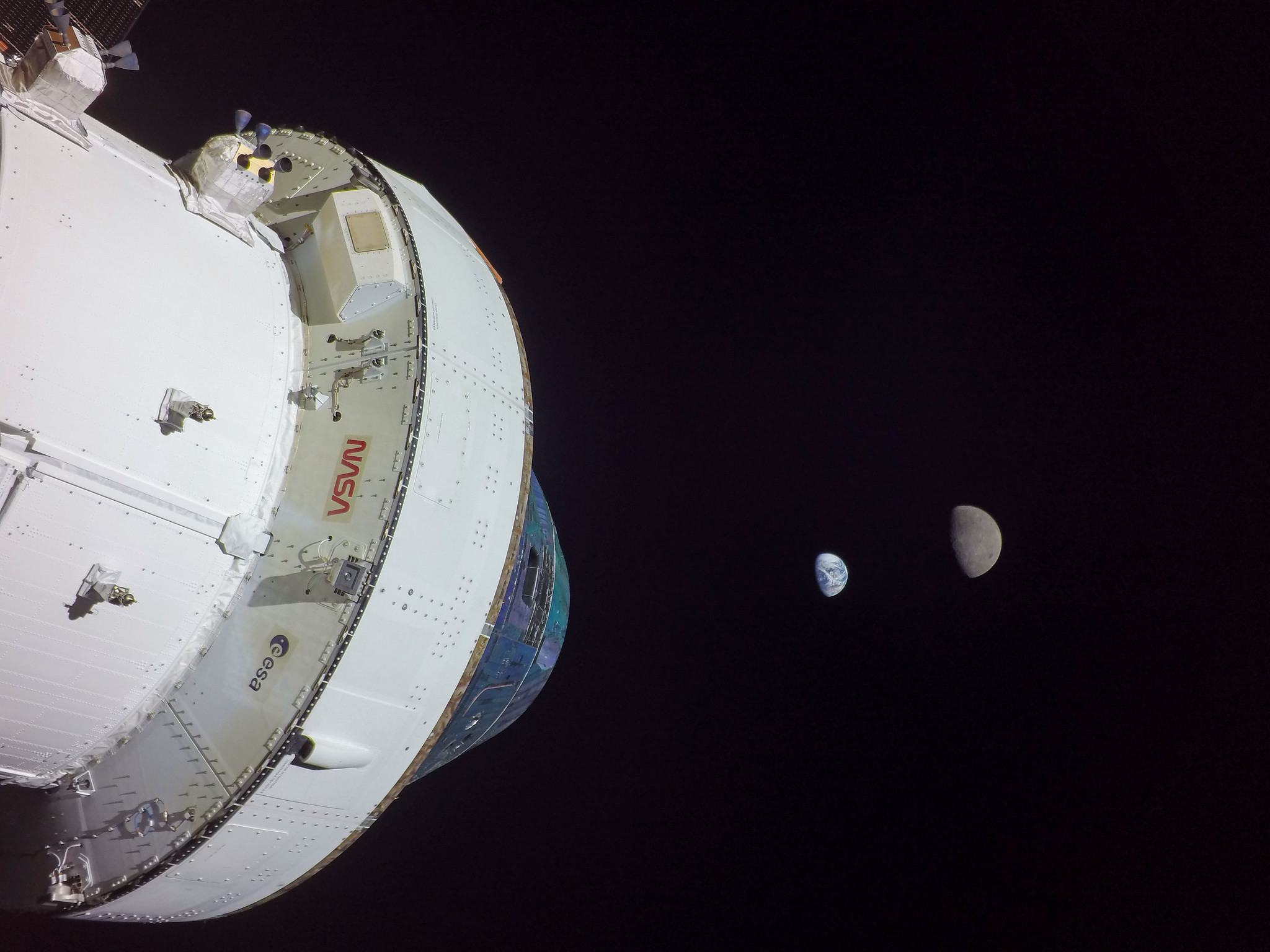NASA’s Orion spacecraft has traveled nearly 270,000 miles away from Earth on its distant orbit of the moon, and soon it will be heading back toward Earth. But before it splashes down on Earth it has to make a return flyby of the moon, scheduled for Monday, December 5.
Coverage of Orion’s return flyby will be livestreamed by NASA if you’d like to follow along at home. For details on how to watch the return flyby, check out our guide below.
What to expect from the flyby
Orion has been traveling around the moon for approximately one week, in an orbit called a distant retrograde orbit. Passing around 40,000 miles beyond the moon, it is making half an orbit before heading back toward Earth. On its outward journey, Orion made a close flyby of the moon last month, and now it will pass close by the moon once again on its return journey.
Orion must fire its engines to move it into a position where it can harness the moon’s gravity and accelerate back toward Earth. We can also expect some impressive visuals from the flyby such as images of the moon and of the approaching Earth.
How to watch the flyby
The return flyby of the moon will be live-streamed by NASA, and you can watch the NASA TV channel either by heading to NASA’s website or by using the video embedded near the top of this page.
Coverage of the flyby will begin at 9 a.m. ET (6 a.m. PT) on Monday, December 5. The return flyby burn, when the spacecraft fires its engines to propel it past the moon and back toward Earth, is scheduled for 11:43 a.m. ET (8:43 a.m. PT). This is also around the time at which Orion will make its closest approach to the moon on its return journey, traveling within 79 miles of the moon’s surface.
Once it has made the return flyby, Orion will continue traveling away from the moon and toward Earth. It is scheduled to arrive back at Earth on Sunday, December 11, when it will splash down off the coast of San Diego. There will also be live coverage of the splashdown available on NASA TV.
Editors’ Recommendations

